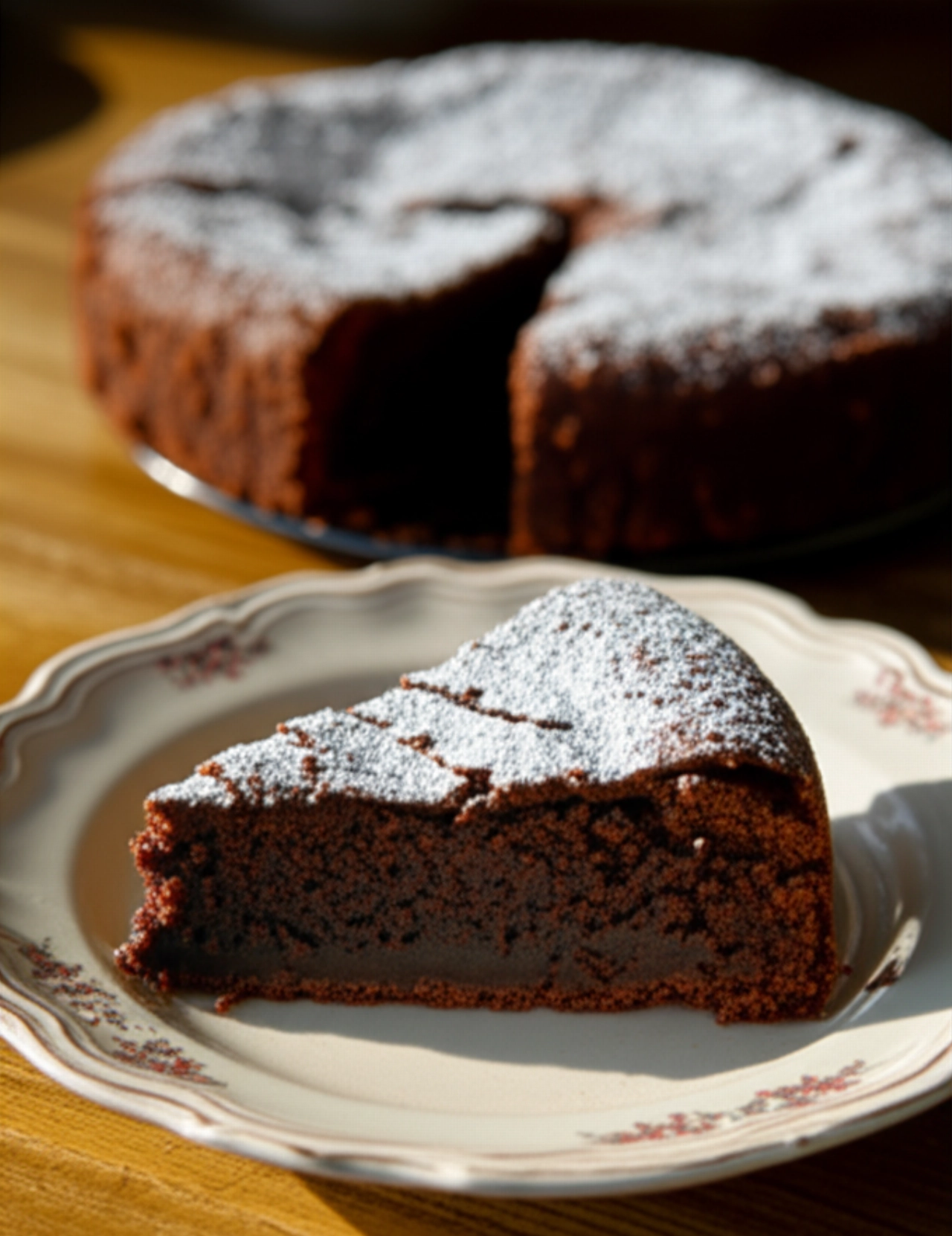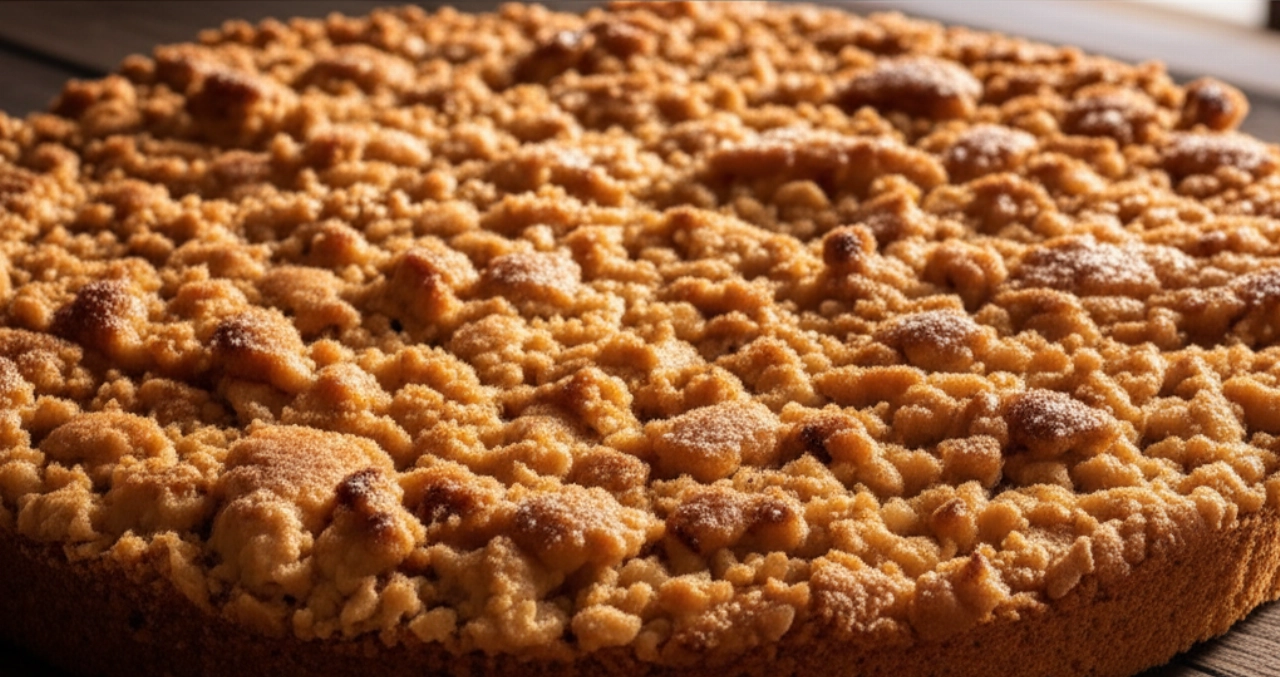There's a scent that speaks of mountains, genuine snacks, and jealously guarded traditions. It's the scent of Buckwheat Cake, a dessert that immediately evokes warmth, authenticity, and a sense of home. If you've ever tasted the real one, perhaps during a holiday in South Tyrol, you know what I'm talking about: a unique texture, a rustic yet delicate flavor, and that blueberry jam that's the icing on the cake.
But how many times have you tried to make it at home and it turned out dry, crumbly, or with a somewhat "sandy" taste? Finding the true recipe, one that gives you a soft, moist cake that doesn't crumble at the first slice, seems like a challenge. Online recipes often lack that "touch" or those fundamental details that make the difference between a good dessert and a masterpiece.
Make yourself comfortable, because today I'm opening the doors of my kitchen, the same one where I learned the most precious secrets, and I'm revealing all the tricks to prepare the perfect Buckwheat and Blueberry Cake. I won't just give you a list of ingredients, but a complete, step-by-step guide that will guarantee you a success that smells of mountains and tradition. Here, success is guaranteed, and your cake will be an embrace of flavor and softness that will make you exclaim: "It's just like grandma's!"
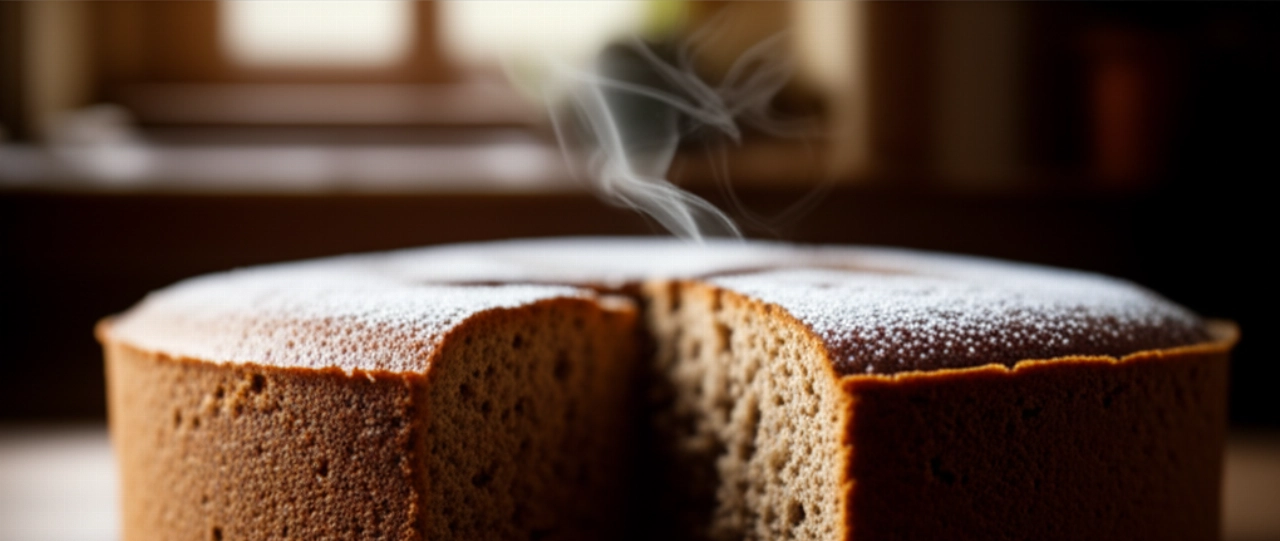
Ingredients for a Foolproof Buckwheat Cake: The Choice That Makes the Difference
The magic of this cake begins with the quality and the right combination of ingredients. It's not just a list, but a reasoned selection, where each element plays a precise role in guaranteeing the soft authenticity you're looking for.
- Buckwheat Flour: It's the soul of the cake. Choose good quality, preferably organic and stone-ground, if possible. Its fine texture and characteristic flavor are essential. Remember that it is naturally gluten-free, which gives it a different structure compared to soft wheat flours.
- Quality Butter: Butter is the secret to softness and rich flavor. Use fresh, good quality butter, preferably Bavarian or mountain butter, for a more intense aroma and superior creaminess. It must be at room temperature, soft but not melted, to blend perfectly.
- Very Fresh Eggs: Eggs are the binder and the engine of leavening. Make sure they are very fresh and at room temperature. We will separate yolks and whites to whip the latter into stiff peaks, a crucial step for softness.
- Sugar: Classic granulated sugar. Don't overdo the quantities; buckwheat has a distinct flavor that shouldn't be masked.
- Baking Powder: A pinch of baking powder is necessary to give the cake the right lift, making it airier.
- Lemon Zest: Organic and untreated! Finely grated lemon zest adds a fresh, fragrant note that balances the rustic flavor of buckwheat. It's a detail that makes all the difference.
- Lingonberry or Redcurrant Jam: This is the traditional filling. Choose a high-quality jam, with a good percentage of fruit and not too sweet. The acidity of lingonberries or redcurrants pairs divinely with the cake's flavor. If you can't find it, a good raspberry jam can also work.
- Fresh (or Frozen) Blueberries: For decorating and adding a touch of freshness and color. If using frozen ones, do not thaw them before use.
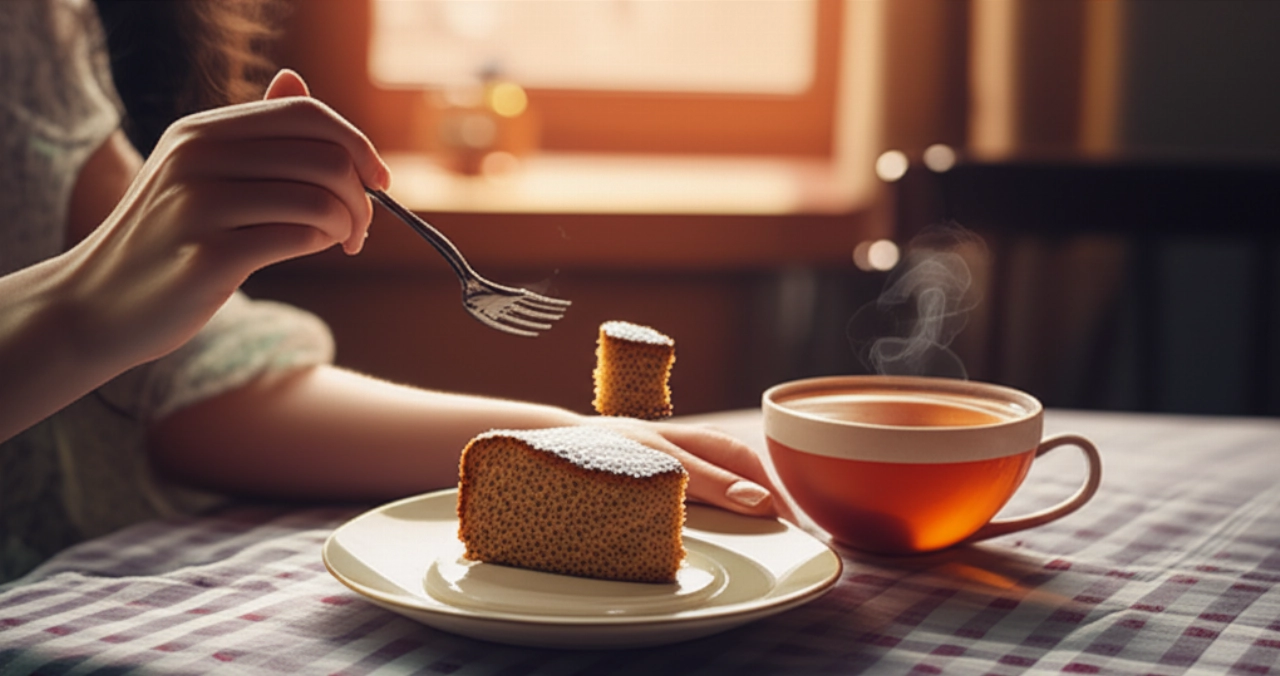
3 Common Mistakes That Make Buckwheat Cake Dry (and How to Avoid Them)
I've seen too many buckwheat cakes end up forgotten because they were dry or too crumbly. Don't worry, I'll reveal the most common pitfalls and how to avoid them, so your cake will always be a success!
- Overworking the Dough: Even though buckwheat flour doesn't develop gluten, excessive handling can make the dough "gummy" or, conversely, too compact. Once the flour is added, mix only as much as necessary to combine the ingredients. You shouldn't "knead" as you would with bread, but just gently combine.
- Not Whipping the Egg Whites Properly: Stiffly whipped egg whites are the secret to softness. If they are not whipped properly, the cake will be denser and less airy. Make sure the bowl and whisks are perfectly clean and free of grease. Fold them into the batter with gentle movements from bottom to top, so as not to deflate them.
- Excessive or Incorrect Temperature Baking: Buckwheat flour tends to dry out easily. If the cake bakes too long or at too high a temperature, it will inevitably become dry. Every oven is different, so keep an eye on the cake after the first 30-35 minutes. Do the toothpick test: it should come out clean but not "dusty," and the cake should be golden but not burnt.
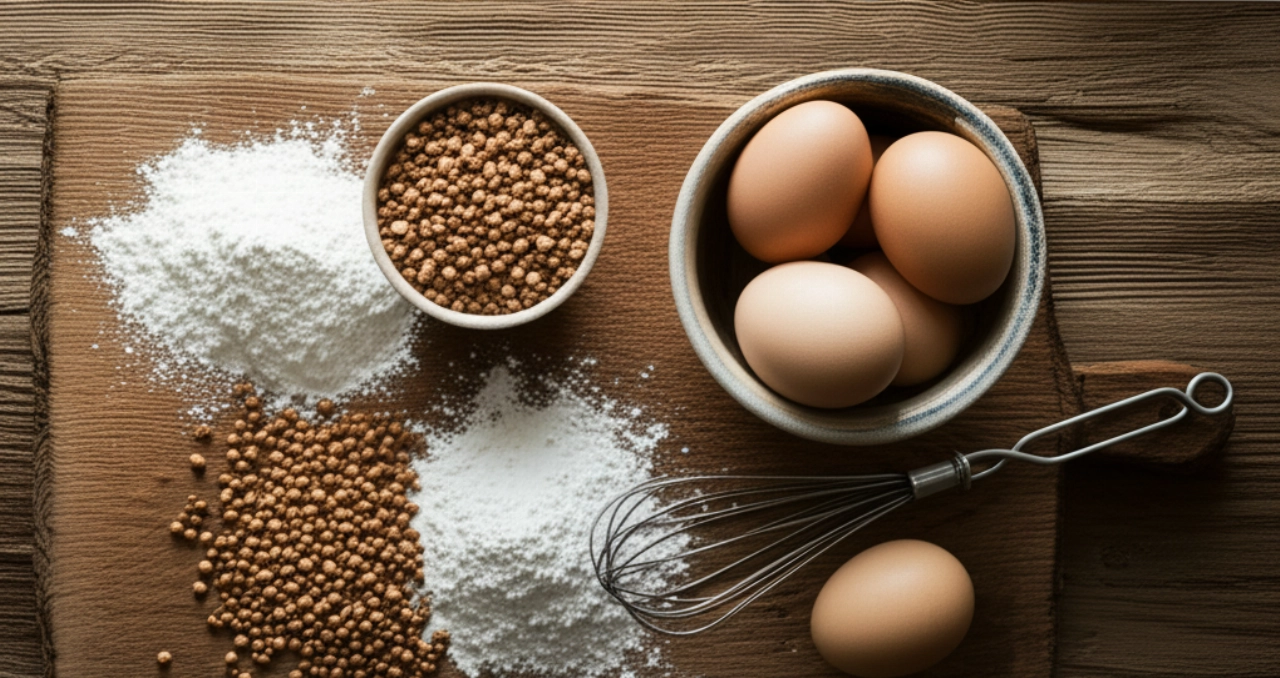
The Extra Touch: The Family Secret for Incredible Softness
This is a little trick a dear South Tyrolean friend revealed to me, a secret passed down from generation to generation that makes the difference between a good cake and an unforgettable one. It's not written in many books, but it's the key to that softness and moisture you expect from a true Buckwheat Cake.
The secret lies in adding, along with the flour, a level teaspoon of potato starch or cornstarch. This small adjustment helps to bind the ingredients better, retain moisture, and make the cake even softer and less crumbly, almost "velvety" on the palate. It's a simple trick, but believe me, the result will surprise you! Furthermore, always ensure that all ingredients, especially eggs and butter, are at room temperature. This allows them to blend better, creating a more homogeneous and lighter batter.
Let's Prepare the Buckwheat Cake Together: The Step-by-Step Guide
Preparing this cake is a true pleasure, a moment to connect with traditions. Follow each step carefully, and success will be guaranteed. Prepare all ingredients on your work surface, so you have everything at hand.
Ingredients:
- 200 g buckwheat flour
- 150 g good quality butter, at room temperature
- 150 g granulated sugar
- 4 fresh eggs, at room temperature
- 1 level teaspoon baking powder
- 1 level teaspoon potato starch or cornstarch (our secret!)
- Zest of 1 organic lemon
- A pinch of salt
- 200 g lingonberry or redcurrant jam
- Powdered sugar for dusting
- Fresh blueberries for decoration (optional)
Equipment:
- 22-24 cm springform pan
- Stand mixer or electric whisk
- 2 large bowls
- Spatula
Instructions:
- Prepare the pan and oven: First, butter and flour (with buckwheat flour) a 22-24 cm springform pan. Preheat the static oven to 170°C (340°F). This is important to have the oven at the right temperature when the cake is ready to bake.
- Cream butter and sugar: In the bowl of a stand mixer (or with electric whisks), cream the softened butter with the granulated sugar and a pinch of salt. Beat at medium speed for at least 5-7 minutes until you get a light, fluffy, and well-aerated cream. This step is crucial for the cake's final softness.
- Incorporate the egg yolks: Separate the egg yolks from the whites. Add the yolks one at a time to the butter and sugar mixture, mixing well after each addition. Do not add the next one until the previous one is completely incorporated. Also add the grated lemon zest.
- Prepare the dry ingredients: In a separate bowl, sift the buckwheat flour with the baking powder and potato starch (our secret ingredient!). Sifting helps to remove any lumps and make the flour lighter.
- Add the dry ingredients to the batter: Gradually incorporate the sifted flours into the butter and egg mixture. Gently mix with a spatula, using movements from bottom to top, just long enough to combine. Do not overmix the batter!
- Whip the egg whites: In a very clean and grease-free bowl, whip the egg whites into very stiff peaks. You can add a pinch of salt to help them whip better. They should be so firm that they don't move when you invert the bowl.
- Fold in the egg whites: Add the whipped egg whites to the batter, one-third at a time. Fold in with gentle movements, from bottom to top, so as not to deflate the mixture. This step is fundamental for the cake's lightness and softness. Be patient and gentle.
- Pour into the pan: Pour the batter into the prepared pan, leveling the surface with the spatula.
- Bake: Bake in the preheated oven at 170°C (340°F) for about 40-50 minutes. Baking time may vary slightly depending on your oven. Do the toothpick test: insert it into the center of the cake; if it comes out clean and dry, the cake is ready. The surface should be golden.
- Cool and fill: Once baked, remove the cake from the oven and let it cool in the pan for about 10-15 minutes before gently unmolding it onto a wire rack to cool completely. When cold, cut it in half horizontally with a long, serrated knife. Generously fill with lingonberry or redcurrant jam.
- Decorate and serve: Reassemble the cake and, before serving, dust it generously with powdered sugar. If desired, decorate with some fresh blueberries. Your Buckwheat Cake is ready to be enjoyed!
Tips and Frequently Asked Questions about Buckwheat Cake
I know that whenever you get into the kitchen, doubts can arise. Here are the answers to the most common questions for your Buckwheat Cake, to clear up any uncertainty.
- Can I use a different jam instead of lingonberries?
- Certainly! Although lingonberry or redcurrant jam is the most traditional for its sweet-tart balance, you can opt for raspberry, cherry, or apricot jam. The important thing is that it's a good quality jam and not excessively sweet, to balance the rustic flavor of the buckwheat.
- Is this cake gluten-free?
- Yes, buckwheat flour is naturally gluten-free. So, if there are no cross-contaminations with other ingredients (like baking powder, although most are gluten-free), this recipe is also suitable for those following a gluten-free diet. It's always good to check the labels of all ingredients.
- How can I store the Buckwheat Cake?
- Buckwheat Cake keeps very well at room temperature, under a cake dome or in an airtight container, for 3-4 days. If it's very hot, you can store it in the refrigerator, but remember to take it out at least half an hour before serving to allow it to regain its softness and aroma.
- Can I prepare the batter in advance?
- It is not advisable to prepare the batter in advance and store it. Whipped egg whites tend to deflate and lose their ability to provide softness. It's always best to prepare the batter and bake immediately to achieve the best result.
- Why does my cake crumble too much?
- If the cake crumbles excessively, it could be due to overbaking which dried it out, or an insufficient amount of fats or liquids in the batter. Make sure to weigh the ingredients precisely and not to bake it longer than necessary. The addition of potato starch, as I revealed, greatly helps to prevent this problem.
There you have it! Now you no longer just have a recipe, but all the secrets to bring to the table a dessert that tastes of home, tradition, and love. A piece of South Tyrol directly in your kitchen, a dessert that will envelop you with its aroma and its unmistakable softness.
Don't be afraid to experiment. Cooking is an act of creativity and love. But start with this solid and foolproof base, and you'll see that applause won't be lacking. Every slice will be a triumph of flavor and a source of pride.
Have you tried our recipe? We're very curious to see your masterpiece! Leave a comment below, tell us how it went, or share a photo on Instagram by tagging @CercaRicette.it. And if you love traditional Italian desserts, you can't miss our recipe for the Original Apple Strudel or another timeless delight like the Authentic Sacher Torte. Keep cooking with passion, we are here to guide you!

